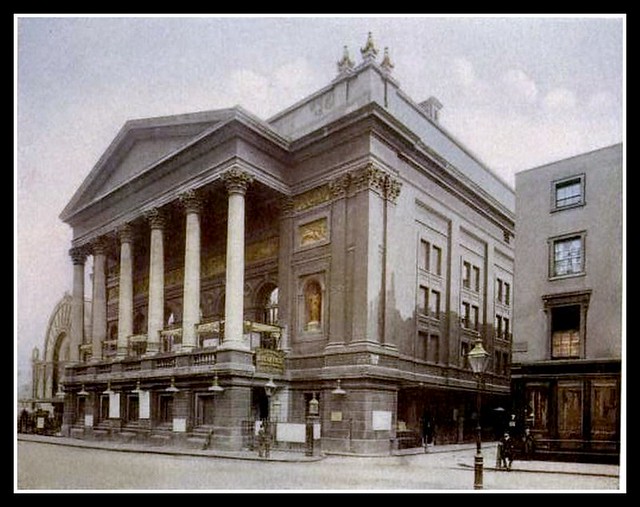


The third, and current, Covent Garden opened on with a performance of Meyerbeer’s Huguenots. This second Covent Garden burned down in 1856. Between 18, Rigoletto, Il Trovatore, Maria di Rohan, La Juive and Benvenuto Cellini, to mention only a few, were staged with artists whose names have become legend, like Grisi, Viardot, Bosio, Alboni, Cruvelli, Mario, Ronconi, Tamberlik, Tarnburini and Graziani. Its director, Benjamin Lumley, quarrelled with Costa and the singers about the repertoire, then hired new singers, which led to the departure of all those great artists, who set up a rival company.Īs Covent Garden was also standing empty, composer Giuseppe Persani did everything he could to turn Covent Garden into the Royal Italian Opera, and it opened on 6 April 1847 with Rossini’s Semiramis. Around 1840, His Majesty’s company was under the musical direction of Michael Costa Grisi, Persiani, Mario, Tamburini and Lablache were part of it. The first English performances of Rossini were presented there, as well as works by Bellini and Donizetti and Verdi’s Nabucco, Ernani and l Lombardi. In London in the first part of the 19th century, the Italian opera house was the King’s, later called His Majesty’s Theatre.

The following year, Beethoven’s Fidelio was staged. This was Oberon, which premiered in April 1826, conducted by the composer himself. Weber was asked to write an opera for this second theatre. On 18 September 1809, with a double bill: Shakespeare’s Macbeth and a musical divertissement, The Quaker.

The second Covent Garden opened its doors a year later, almost to the day. The theatre burned down on the night of 19 September 1808. Handel was the first renowned composer associated with this theatre, with performances of Atlanta, Alcina and Berenice. John Rich opened the first Covent Garden on 7 December 1732 with The Way of the World.


 0 kommentar(er)
0 kommentar(er)
